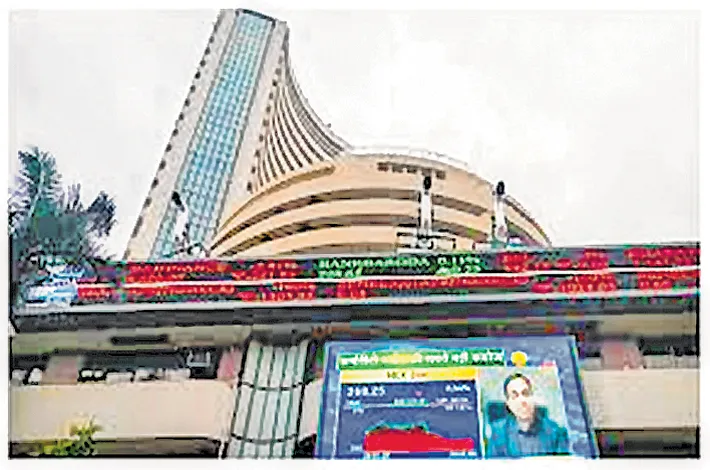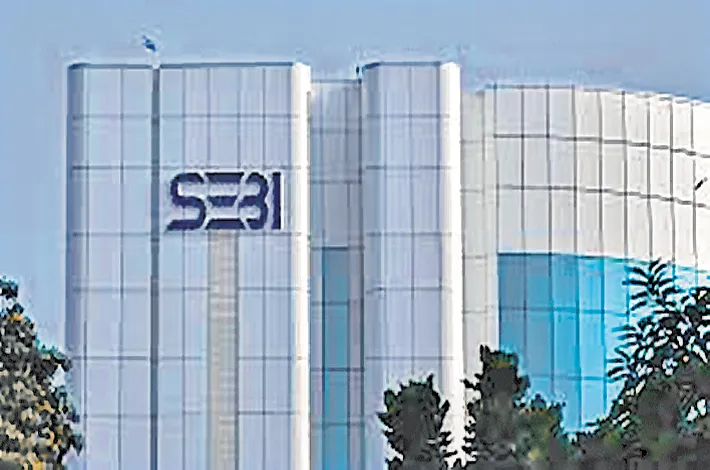Pollution pushes the City into ‘Poor’ air quality zone
27-11-2025 12:00:00 AM

HEMA SINGULURI | Hyderabad
Hyderabad is entering one of its most difficult winters in recent years as pollution levels rapidly rise, and air quality dips from “moderate” to “poor” across large parts of the city.
Over the past few weeks, the city’s Air Quality Index (AQI) has risen from around 83 in early November to 178 by mid-month, pushing several neighborhoods into the “unhealthy” environment. In late November, readings touched 223 at some stations, marking one of the season’s worst pollution ranges. According to current Hyderabad AQI data, breathing the city’s air today is as equal as smoking 2.5 cigarettes a day, with PM10 and PM2.5 dominating the pollution.
After recent festivals, particularly from Deepavali fireworks on October 20, the smoke drove PM2.5 to “hazardous” levels. The more pressing concern is the persistent, day-to-day decline in air quality and deterioration. Winter’s still air is trapping pollutants near the ground, making even routine outdoor movement challenging for sensitive groups such as children, elders, and people with respiratory issues.
Several neighborhoods now consistently show “poor” air quality, with AQI readings between 105 and 130 and a level that can trigger breathing discomfort even in healthy individuals. Locations such as Patancheru, Bollaram, Ramachandrapuram, Sanathnagar, Zoo Park, Malakpet, Banjara Hills, Ameenpur, Asif Nagar, Sitaram Bagh Road, Kukatpally, Madhapur, Koka Pet, Kompally, KPHB Phase 3, Pupalaguda, Saidabad, Somajiguda, Maruthi Nagar and others often remain in the “poor” range throughout the day.
Prasanna Kumar, Senior Social Scientist at Telangana State Pollution Control Board, says, “Vehicles are the major contributors, but the second biggest is construction and demolition activity. The recent rise in pollution is seasonal and has the winter impact. Whenever it is winter, the air pollution is higher, whether it is Delhi or Hyderabad,’’ he added.
He explained that the heavy rains earlier this year worsened the situation by damaging roads. “Damaged roads are one of the sources of increasing fine dust particles,” he said. Hyderabad’s tropical climate also complicates matters: “Sometimes, even in rainy seasons, this happens. The tropical nature affects us, but we cannot compare our conditions with the UK or US.” “Pollution is worsening across, no second point about it. Urbanization feeds the pollution. The stability of the population would reduce the air pollution, but given the current situation of growing Hyderabad, it is doubtful.”
He acknowledges the city’s efforts to shift towards cleaner transport. “Increase in technology should be helpful… Manufacturing of vehicles should be environmentally friendly. It's a good sign that India is slowly shifting towards it, specifically TGSRTC buses moving towards electric. Hyderabad has more adaptive capabilities—we won’t get the situation of Delhi so easily if we continue to control pollution.”
Garbage burning emerges as major contributor
Manognya Reddy, an environmentalist in Hyderabad, says waste mismanagement has now become as big a contributor as vehicular emissions. “I’ve seen GHMC workers burning garbage often in many areas.
We can’t really blame them because when regular cleaning is not done and people throw waste in piles every day, they think burning it is the best option,” she explains. Corners of colonies have become dumping spots where wet and dry waste accumulate overnight. She adds that the west zone, with its dense construction activity, faces particularly severe dust pollution.








